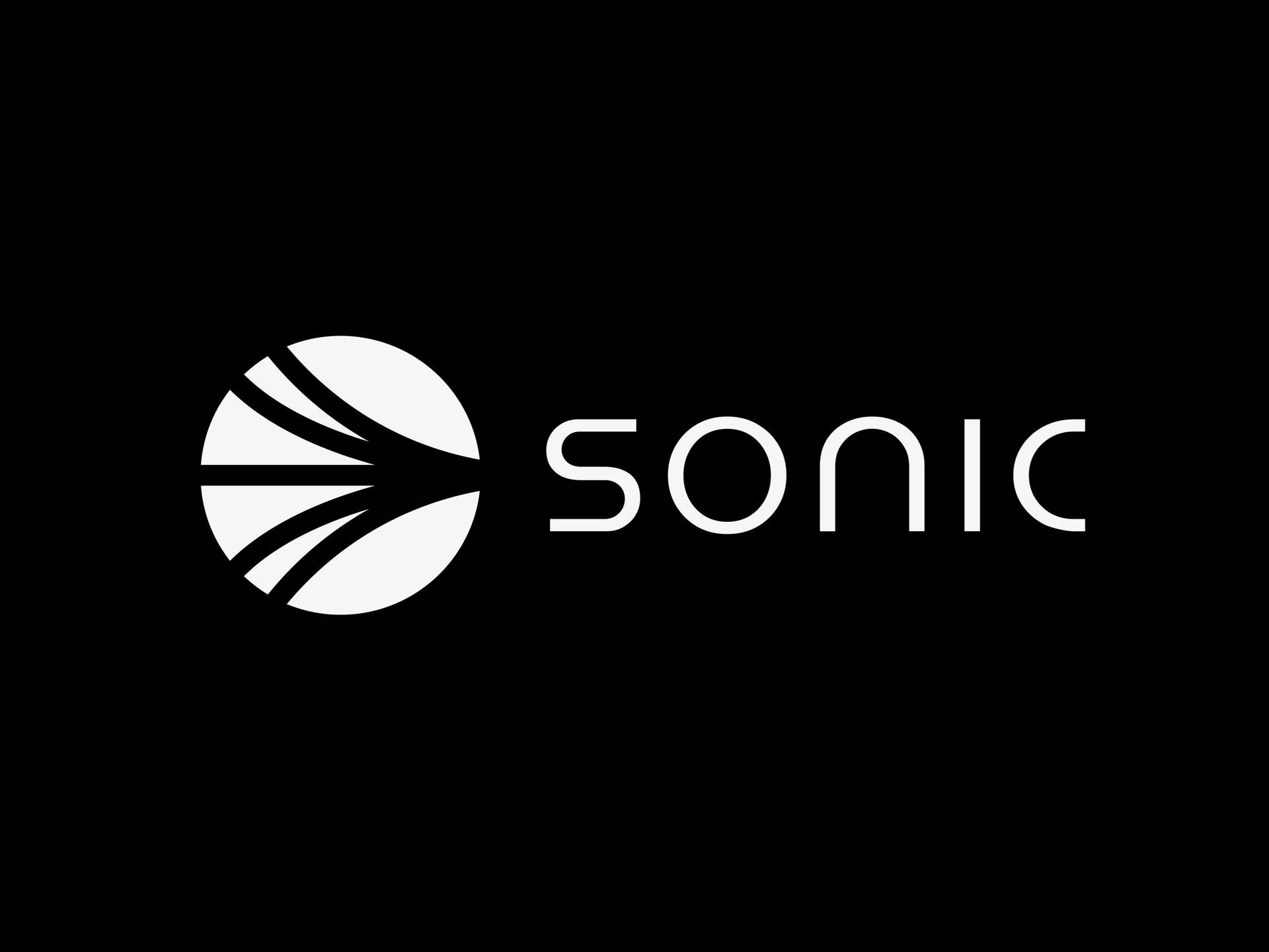Subscribe to wiki
Share wiki
Bookmark
Sonic
Sonic
Sonic is an EVM-compatible Layer-1 blockchain platform designed to provide high-performance decentralized infrastructure with sub-second transaction confirmation times and extensive scalability capabilities [1] [3].
Overview
Sonic operates as a Layer-1 blockchain that combines Ethereum Virtual Machine (EVM) compatibility with high-speed transaction processing. The platform claims to achieve over 400,000 transactions per second (TPS) with real-time confirmation times while maintaining average transaction costs of approximately $0.001 [1].
The platform is built on three core technological components: SonicVM, SonicDB, and Sonic Gateway, which together form the foundation of its blockchain infrastructure. [1]
In 2024, Sonic was established out of a rebrand from Fantom also leading to the return of Andre Cronje, a key figure in DeFi. The team decided to pivot from a blockchain that was merely fast and cost-effective to a restructured architecture featuring parallel execution, native stablecoin integration, a revamped economic model, and a more developer-friendly ecosystem. The blockchain was reengineered to meet the needs of modern DeFi applications. [5]
Technical Architecture
SonicVM
The SonicVM serves as the platform's execution environment with the following characteristics:
- Full EVM compatibility supporting Solidity and Vyper programming languages
- Enhanced security features to reduce application crashes
- Optimized for high-speed execution [1]
SonicDB
The platform's database infrastructure features:
- Low latency operations for fast transaction processing
- Specialized node types (RPC, validator, and observer nodes)
- Optimized storage requirements
- Cost-efficient maintenance structure [1]
Sonic Gateway
The native bridge system provides:
- Cross-chain connectivity with Ethereum and other networks
- Security audits completed by multiple firms including:
- OpenZeppelin - Certora
- Quantstamp [1]
Developer Incentives
Sonic implements a unique developer incentive model called Fee Monetization, which allows developers to:
- Earn up to 90% of their application's generated fees
- Receive rewards for contributing to network traffic
- Build and deploy applications with reduced operational costs [1]
Ecosystem
The Sonic ecosystem includes various decentralized applications and services:
DeFi Platforms
- Silo Finance
- Equalizer Exchange
- Beethoven X
- Debita
- PaintSwap
- Curve
- KyberSwap [1]
Gaming and NFTs
- Estfor Kingdom
- Sacra
- Thunder Dome [1]
Infrastructure
- Unstoppable Domains
- Layer3
- TokenPocket [1]
Governance and Token
The platform utilizes the S token - the native token of Sonic, which serves multiple purposes:
Tokenomics
At Sonic’s launch, the total supply of S is 3.175 billion. As decided by multiple governance proposals, the additions below will gradually be implemented into the tokenomics of the S token. [6]
See something wrong?
